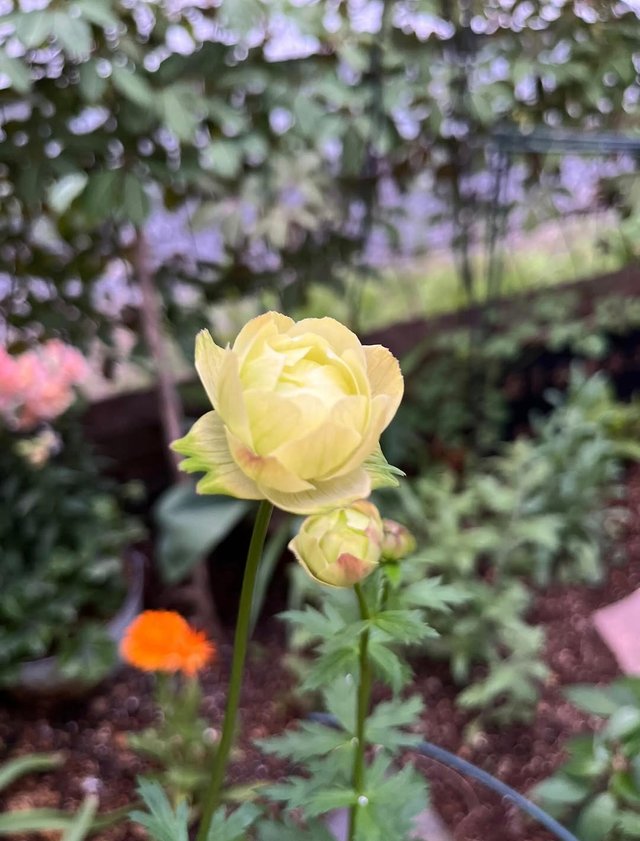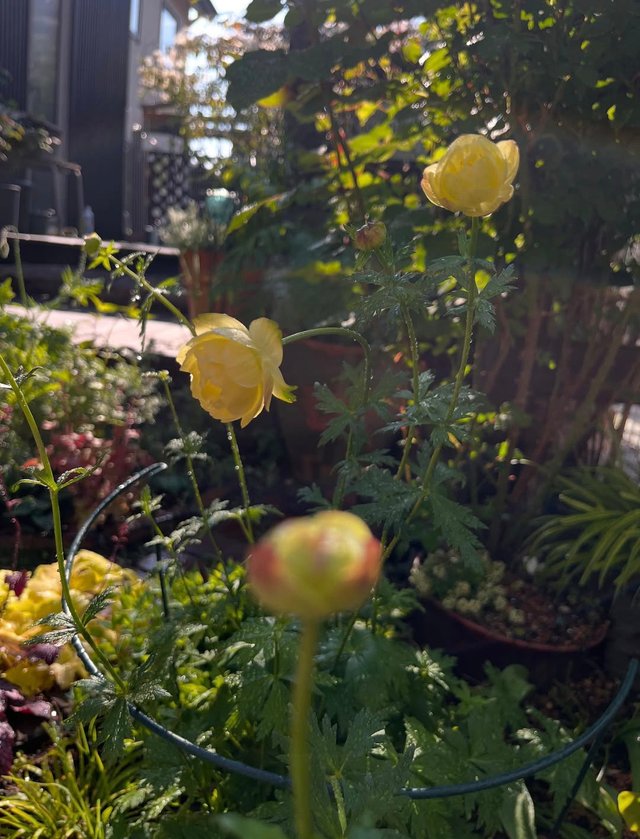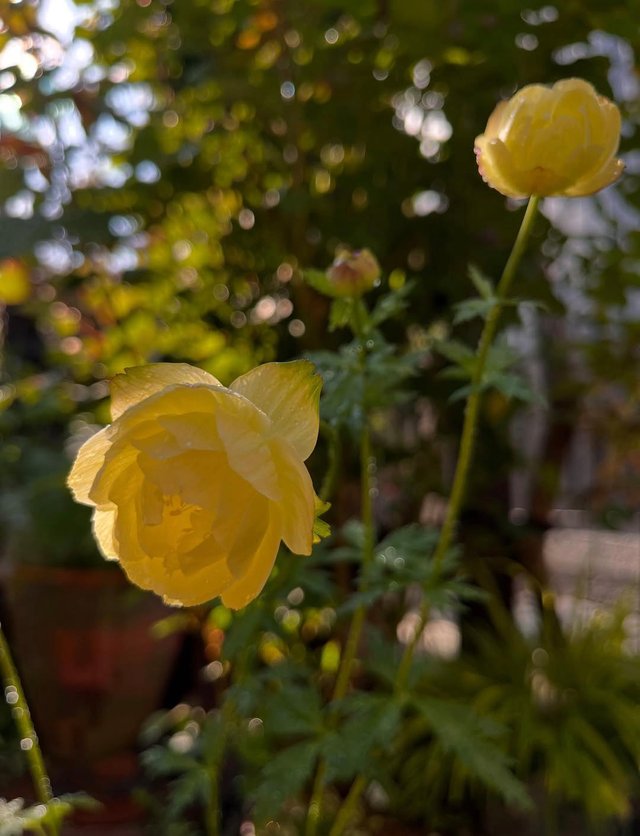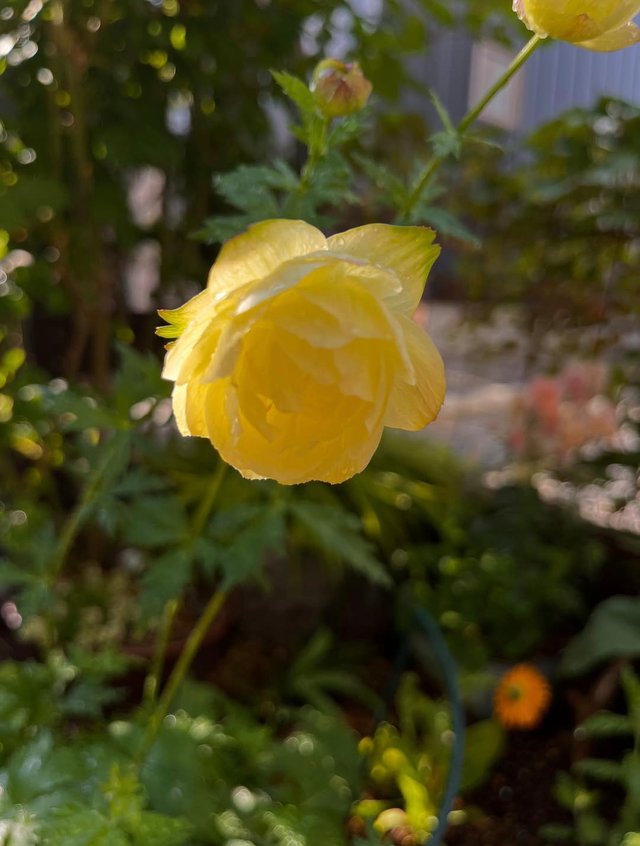Globeflower
If you've ever wandered through a lush alpine meadow or a damp woodland clearing and been struck by the sight of a bright, buttercup-like bloom glowing like a lantern in the landscape, you may have encountered the globeflower. With its vivid hues, rounded shape, and affinity for wet environments, the globeflower is a botanical treasure worth knowing—and growing.
Globeflower refers to the plants of the genus Trollius.The genus includes around 20–30 species, most of which are native to temperate and subarctic regions of the Northern Hemisphere, especially Europe, Asia, and North America.The name Trollius is thought to derive from the German word Trollblume, meaning "globe flower" or "round flower", referencing its distinctively spherical blossoms.
The hallmark of globeflowers is their large, round, globe-shaped blooms. These are usually bright yellow, golden-orange, or occasionally white, made up of numerous petaloid sepals that enclose smaller true petals and reproductive organs.Typically, globeflowers bloom in late spring to early summer (May–July), though this can vary slightly with species and climate.In folklore, globeflowers have sometimes been associated with fairies or woodland spirits, likely because of their glowing, lantern-like appearance in shaded glades. The name Trollblume has led to stories involving trolls, suggesting these flowers grow where such mythical beings dwell.



